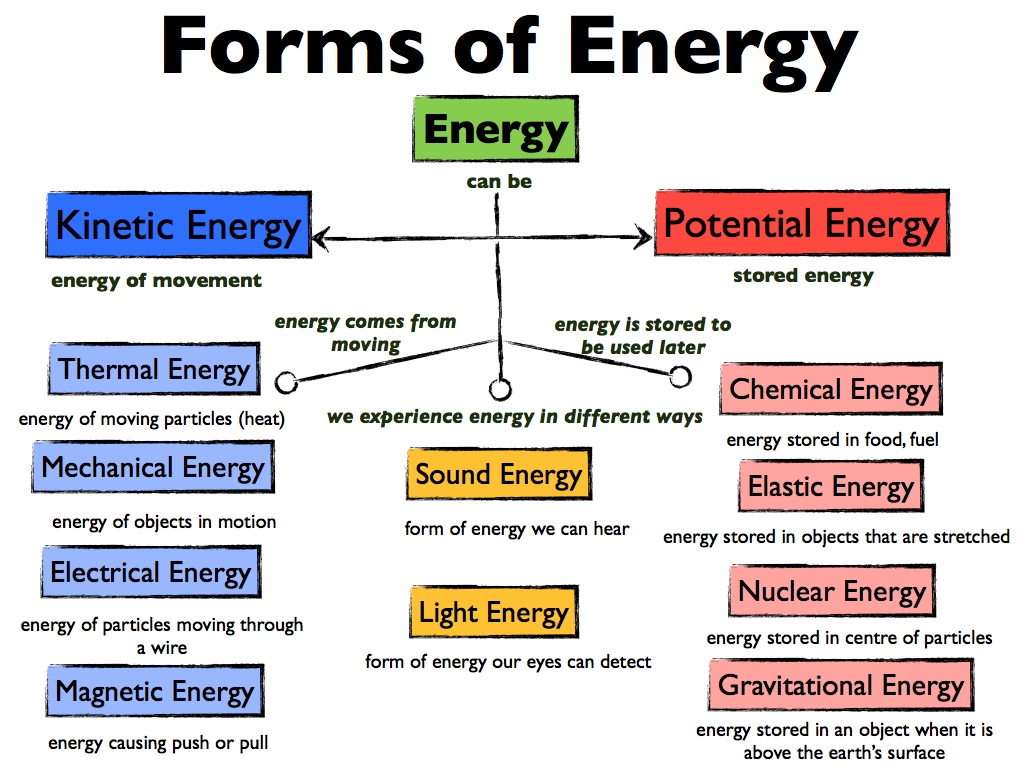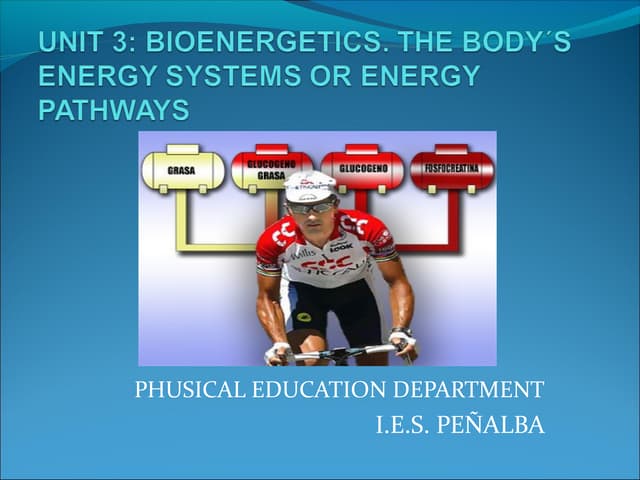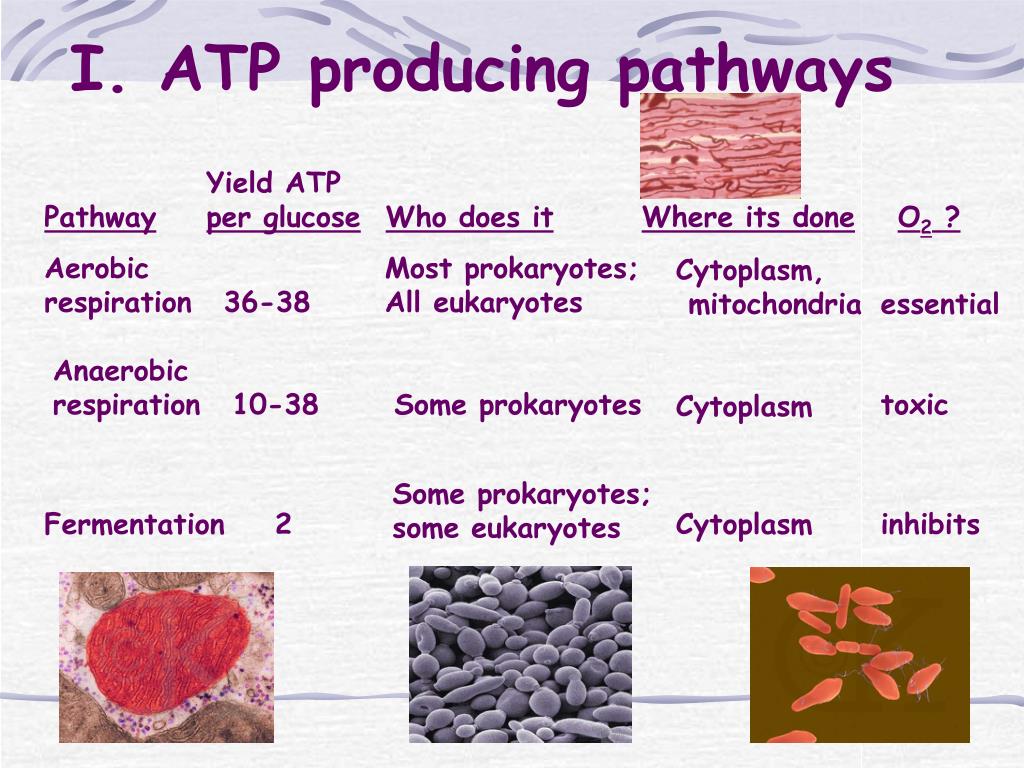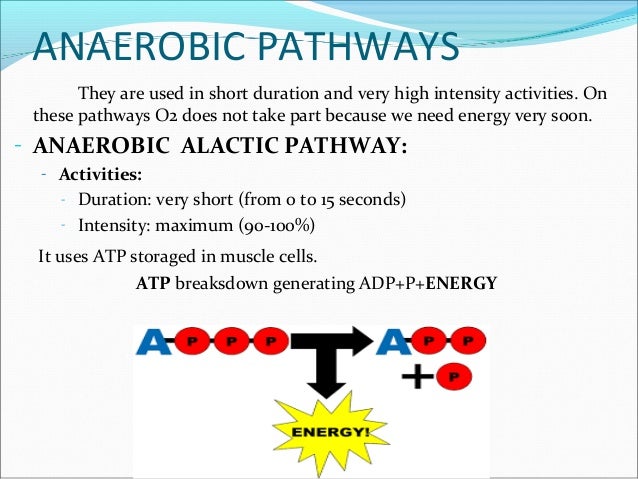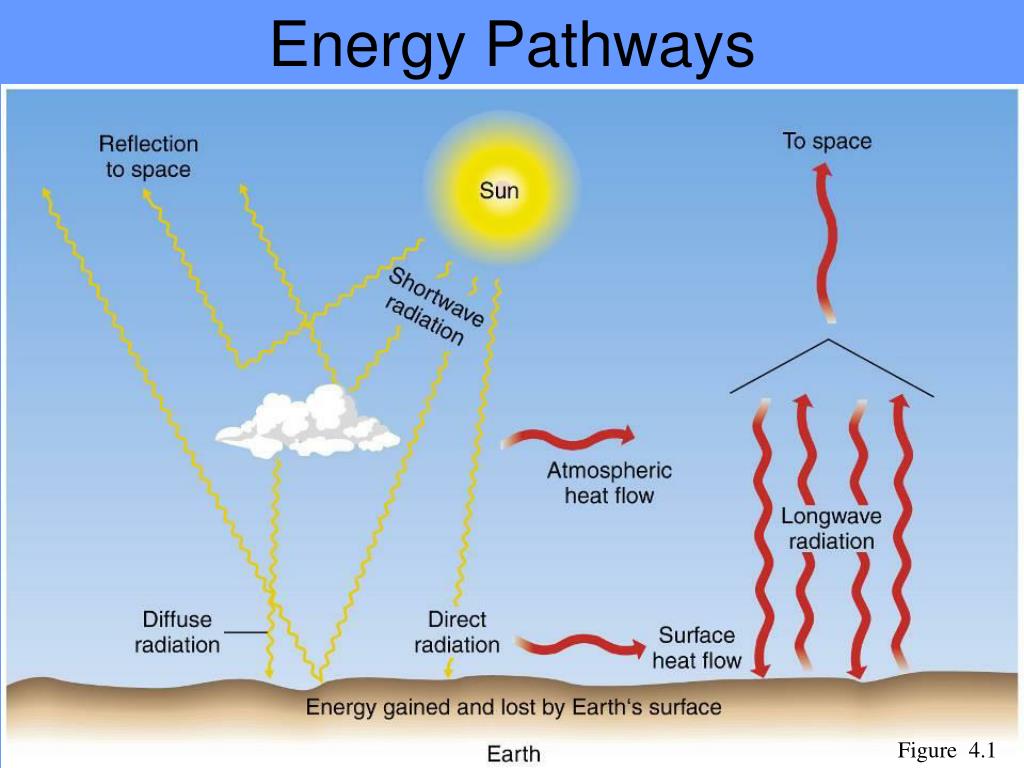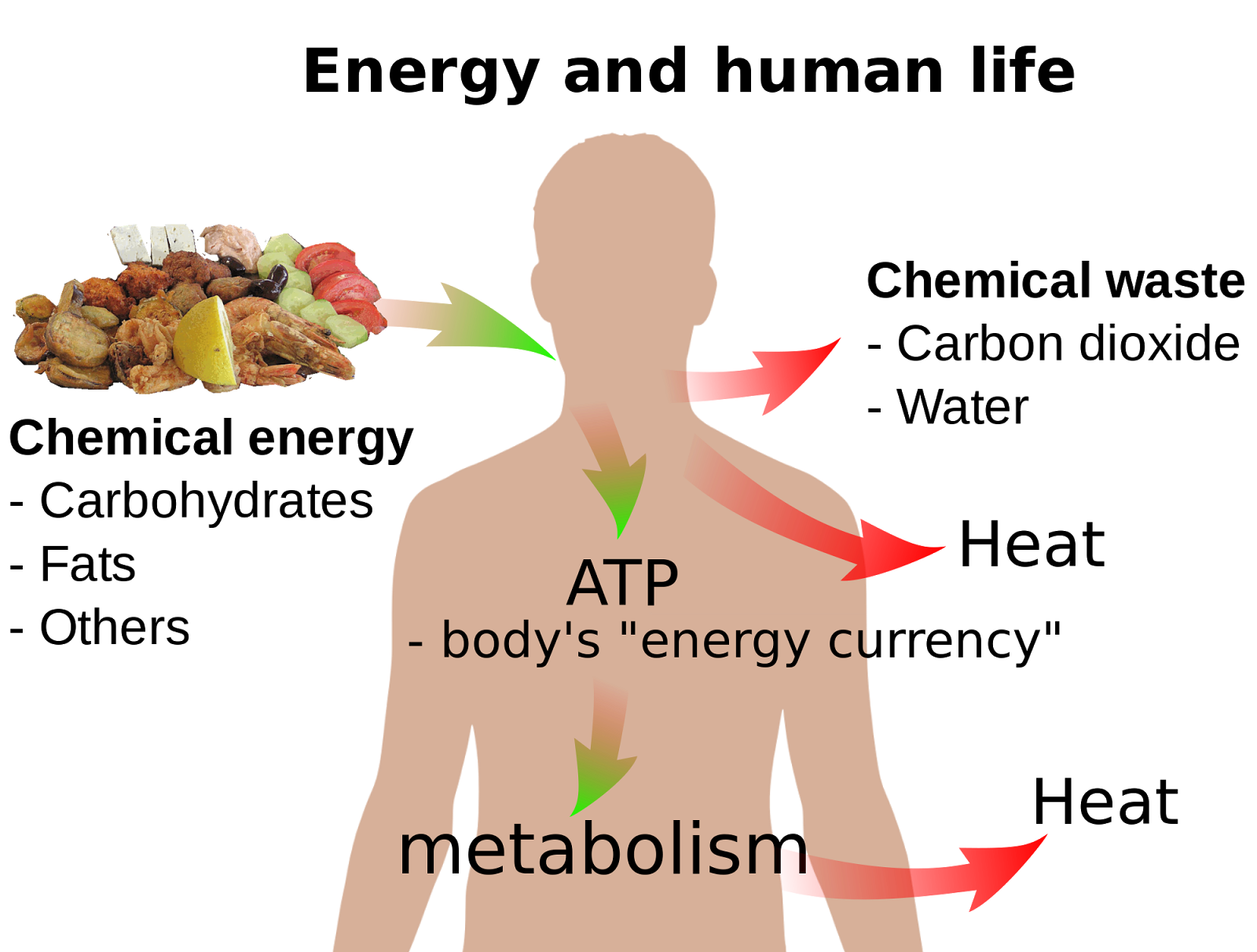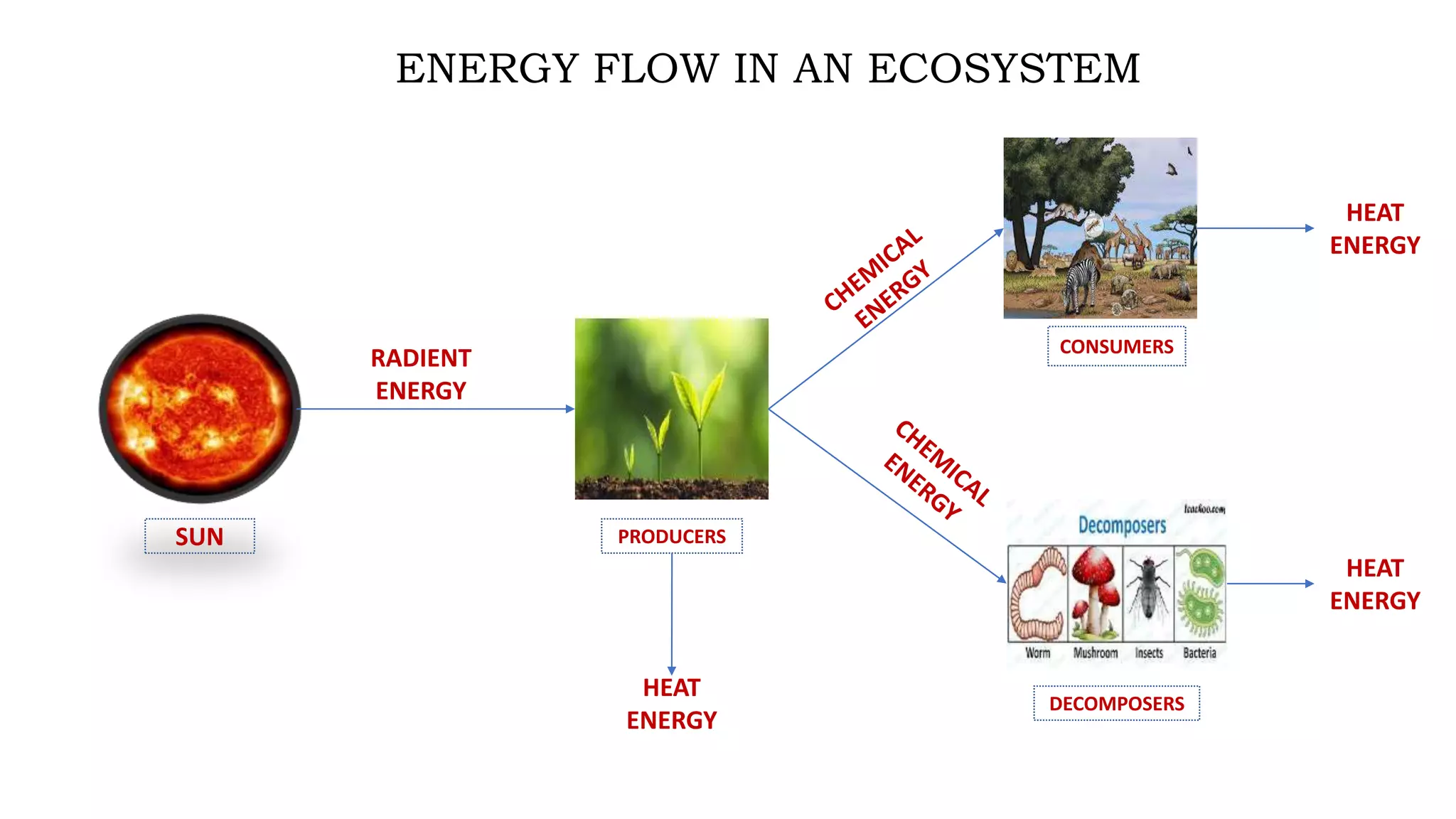Which Tasks Are Common To All Energy Pathways

The global shift towards diverse energy sources demands a clear understanding of the common operational threads linking them. Regardless of the energy pathway – be it solar, wind, nuclear, or fossil fuels – certain fundamental tasks consistently underpin their functionality, influencing efficiency, cost, and environmental impact.
This analysis focuses on identifying these universal operational components to optimize future energy systems.
Resource Acquisition & Extraction
At the foundation of any energy pathway lies the acquisition or extraction of raw materials. For fossil fuels, this involves exploration, drilling, and mining operations, activities that carry significant environmental and logistical challenges. Renewable sources, while not requiring extraction in the same vein, still demand resource acquisition; for instance, silicon for solar panels or rare earth elements for wind turbine magnets.
Data from the International Energy Agency (IEA) shows that resource acquisition costs can represent a substantial portion of overall energy production expenses, often exceeding 30% for certain fuel types. This underscores the need for efficient and sustainable acquisition methods.
Energy Conversion
Once the primary resource is obtained, it must be converted into a usable form of energy, typically electricity. This crucial step varies greatly depending on the energy pathway.
Coal-fired power plants rely on combustion to produce steam, which then drives turbines. Solar plants use photovoltaic cells to directly convert sunlight into electricity. Nuclear power utilizes fission to generate heat, which similarly boils water and powers turbines. Regardless of the method, energy conversion processes necessitate sophisticated technology and rigorous safety protocols.
Energy Storage
The intermittent nature of many renewable energy sources highlights the critical need for energy storage solutions. When production and consumption do not coincide, the system relies on energy storage.
Batteries, pumped hydro storage, and compressed air energy storage are commonly employed to buffer fluctuations in energy supply. The development of advanced storage technologies, especially those that are scalable and cost-effective, remains a key priority for integrating renewables into the grid. The U.S. Department of Energy (DOE) estimates that improved storage technologies could reduce grid instability by up to 50%.
Transmission & Distribution
Delivering energy from its point of generation to end-users requires robust transmission and distribution networks. High-voltage transmission lines carry electricity over long distances, while distribution networks deliver it to homes and businesses.
Maintaining and upgrading these networks is crucial to prevent energy losses and ensure reliability. Investments in smart grid technologies, such as advanced metering infrastructure and automated control systems, are essential for optimizing energy flow and responding to real-time demand fluctuations. The World Bank reports that infrastructure investments are vital for energy security in developing nations.
Monitoring & Control
All energy systems require continuous monitoring and control to ensure safe and efficient operation. Sensors and data analytics are used to track key performance indicators, detect anomalies, and optimize system parameters.
Supervisory control and data acquisition (SCADA) systems are widely used to monitor and control power plants, transmission lines, and distribution networks. The integration of artificial intelligence (AI) and machine learning (ML) is further enhancing monitoring and control capabilities, enabling predictive maintenance and optimized resource allocation.
Maintenance & Repair
Regardless of the energy source, routine maintenance and timely repairs are essential to prolong the lifespan of equipment and prevent costly breakdowns. This task encompasses the entire lifecycle.
Regular inspections, component replacements, and system upgrades are necessary to maintain optimal performance. Predictive maintenance techniques, leveraging data analytics to anticipate potential failures, are gaining traction as a means of reducing downtime and improving overall system reliability. Effective maintenance strategies directly impact the cost-effectiveness and sustainability of any energy pathway.
Waste Management
Many energy pathways generate waste products that require careful management. For nuclear power, this involves the safe storage and disposal of radioactive waste. Fossil fuel combustion produces greenhouse gases and other pollutants that must be captured or mitigated.
Even renewable energy systems generate waste, such as decommissioned solar panels and wind turbine blades. Developing effective waste management strategies is crucial for minimizing the environmental footprint of energy production and ensuring long-term sustainability. The Environmental Protection Agency (EPA) is actively researching methods to recycle and repurpose waste materials from renewable energy sources.
Next Steps
Future research should focus on quantifying the resource intensity of each task across different energy pathways. Understanding the resource demand would allow us to develop pathways that reduce dependencies and potential risks. This would provide information about potential bottlenecks that need to be addressed.
Further analysis should focus on refining common operational components of diverse energy paths, highlighting the interdependence between efficient acquisition, conversion, storage, transmission, and waste management.
The goal is to identify and optimize synergies between different energy technologies to create a more resilient and sustainable energy future.

.jpg)

